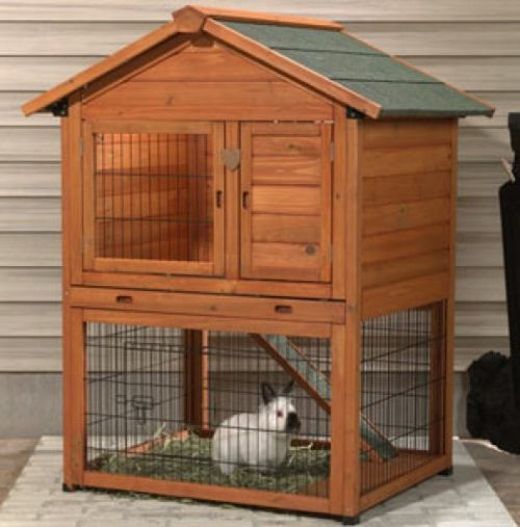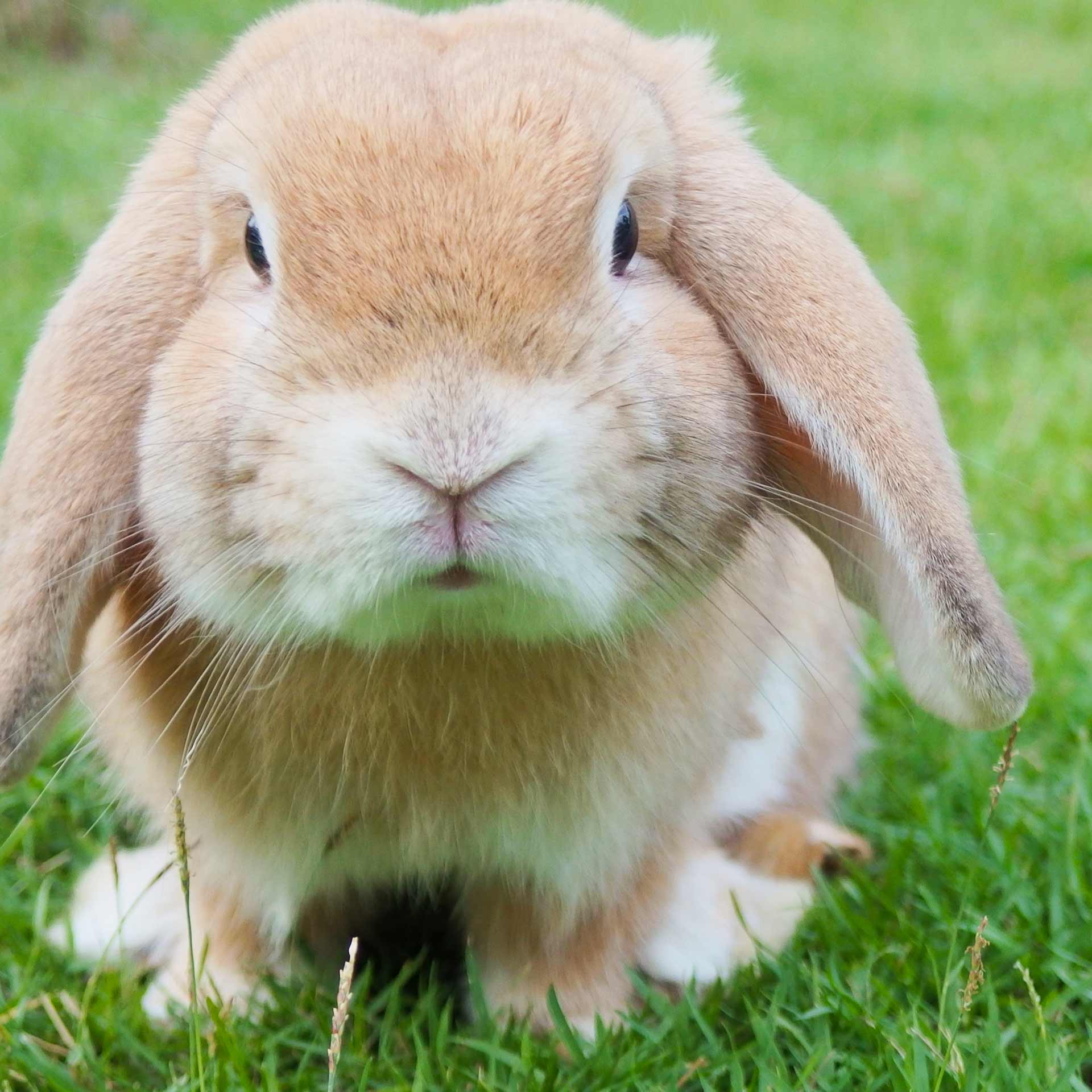When choosing for your first rabbit cage, there are several factors to consider. This purchase is a major investment in the future of your rabbit keeping hobby, not to mention the health and happiness of your rabbit. Making good choices at this early stage will pay off big dividends down the line.
The first, and perhaps most important, characteristic to choose for is size. Rabbits are naturally active, energetic animals. Although the rabbit will need to spend time outside the cage, no matter how big it is, a spacious and comfortable home is key to having a healthy, happy rabbit. Bigger is always better in this case, but financial and practical concerns don’t permit everyone to buy a bunny mini-mansion. Experts offer various rules of thumb as to the minimum size for a rabbit cage- one square foot per pound of rabbit is one, or that the cage be at least four times the size of the rabbit. Common sense is probably your best guide. Can your rabbit stand up without its ears pressing against the ceiling? Can he take a couple hops in any direction and turn around comfortably? Is there enough space between the litter pan and the water bowl that it won’t be kicking litter into its water supply? Again, your best best is to purchase the largest cage you can find. Also, keep in mind that cages that feature (or have room for) a shelf or platform will increase the effective area of the cage.

You’ll also want to choose from one of the many types of cage construction available. Almost all cages have open wire sides and tops, except for outdoor hutches, which will usually have an asphalted roof and at least one or two closed wooden sides. There are essentially three kind of flooring in common use for rabbit cages: Wire, solid plastic, or solid wood. Each has distinct benefits and disadvantages.
Wire floors are the most common, and many wire-bottom cages include a catch tray so that waste can fall through the grate and into the tray. Since rabbits are fairly easy to litter-train, this isn’t really necessary, but many owners enjoy the convenience of such a set up. The problem with wire floors is that they are not a very natural or comfortable surface to stand, sit, or walk on. Rabbits on wire-floor cages may develop “sore hocks”, which will be evident in balding, irritated patches on their feet. This is especially likely if the grating is widely spaced- ideally, there should be no more than an inch of space between the wires. Alternatively, you can lay a solid floor, such as cheap grass mats, down on the wire. Obviously, this negates the convenience of letting waste fall through.
The next most common type of cage has wire walls and ceiling attached to a dish-shaped plastic base. Typically, the rest of the cage clips onto the base, so it can be removed and the interior cleaned. These are convenient designs, as the entire interior can be tipped out and thoroughly cleaned. The deeper the bases is, the less likely you are to find bedding or litter kicked out onto the floor at night, also. Since these floors are plastic, however, you definitely need to make sure that no urine is pooling underneath litter pans or anywhere else, as the liquid has nowhere to go.
Finally, some hutches have wooden floors. This is most common in outdoor cages, which tend to use wood construction more than other types. The wood is perfectly comfortable for rabbits’ feet, but will absorb urine or other waste, meaning that cleanings must be a bit more thorough, and may require the use of stain removers. Also, wood is a natural material for rabbits to gnaw on, so if they aren’t given plenty of chew toys, they may decided to file their teeth down on your nice, expensive hutch.
Once you’ve decided the basic kind of cage you want to use, consider other design qualities. For example, doors are a basic element of the cage- your rabbit needs to be able to get in and out under its own power, and you need to be able to access all portions of the cage for cleaning purposes. Some cages have only a single door in the ceiling, which in most cases prevents the rabbit from coming and going on its own. Others have a single side door, which can make it quite difficult to reach inside and change the water or food bowls. Your best bet is one that has both of these doors, and possibly a third.
Other factors may come into play too for raising rabbits successfully. If for some reason you plan to transport the cage frequently, you may want one with a rolling stand or carry handles. Cages for outdoor rabbits needs to provide shade and shelter, as well as being tough enough to withstand the elements. If you’re planning to breed a rabbit, you’ll need a cage with a nesting area included. Consider your goals and intentions in your adventure of mastering how to raise rabbits, and don’t be afraid to splurge a little on this first cage. Vet bills are much more costly than the priciest cage, and a rabbit that is crowded and uncomfortable isn’t going to be much of a pet. With a little forethought at the outset, you can make sure that your rabbit-keeping experience is a rewarding and long one.
